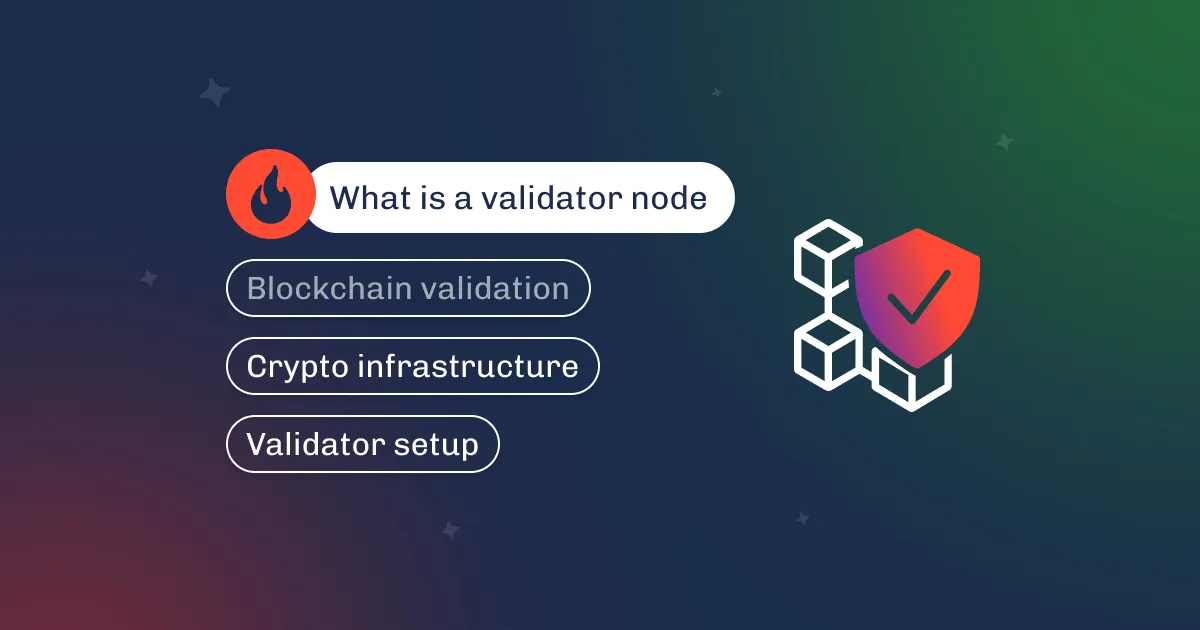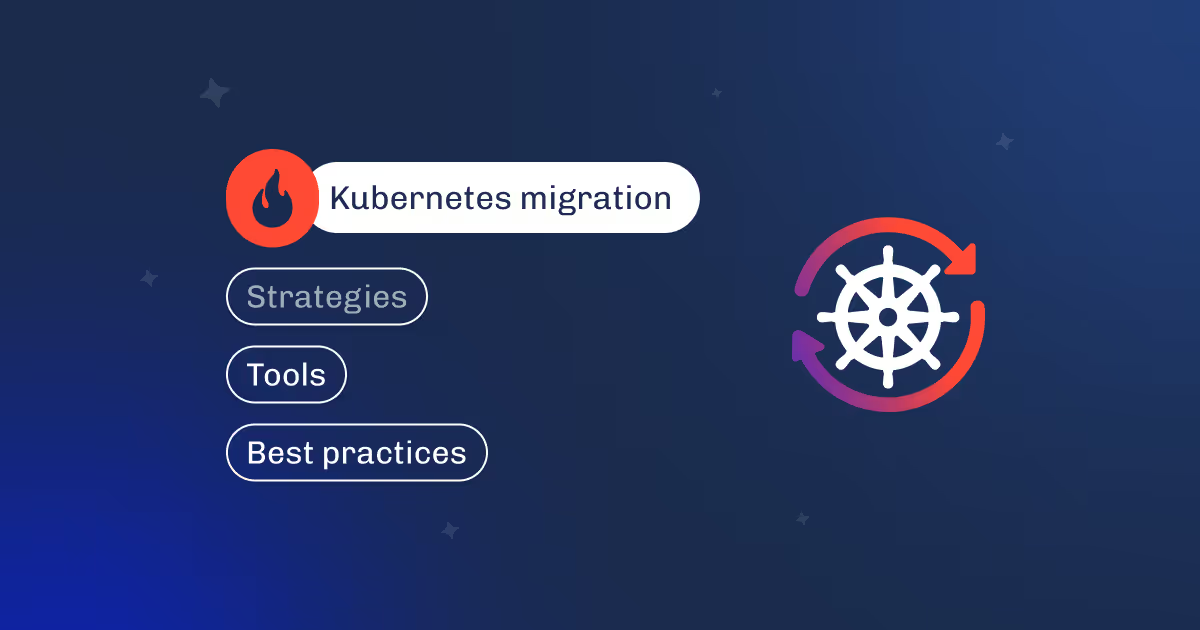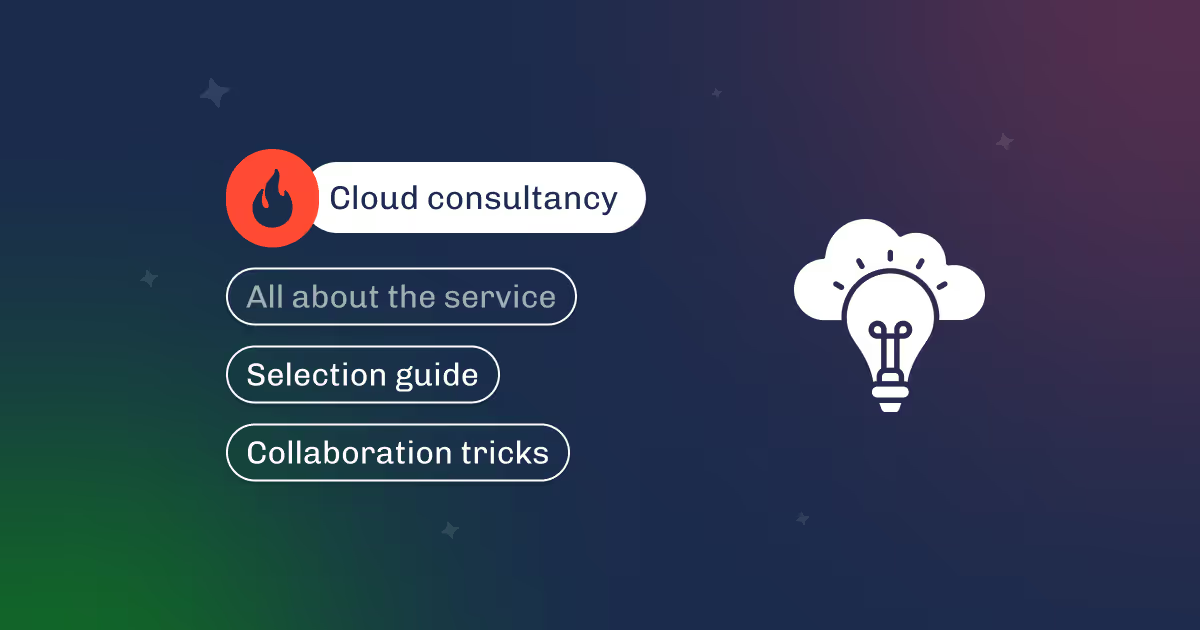

Every second of downtime burns money. Every misconfigured cluster inflates your cloud bill. Every under-secured endpoint raises breach probability.
For CTOs and engineering leads, the cloud is no longer about moving workloads. It’s about sustaining growth without burning runway. That’s where consultants step in: not as abstract advisors, but as embedded engineers who turn infrastructure promises into measurable outcomes.
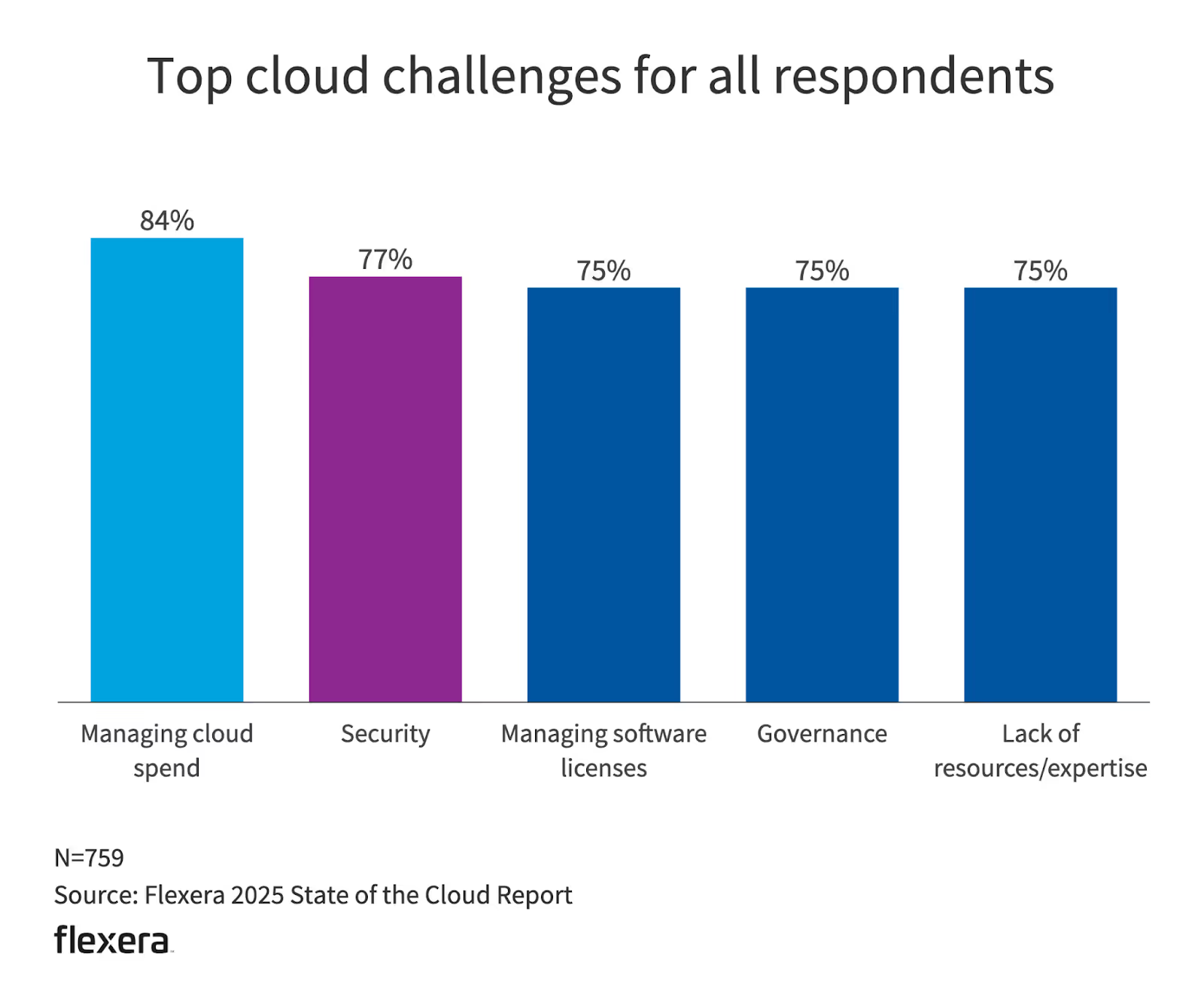
According to Gartner, global cloud spend is set to reach $723.4 billion in 2025. Yet budgets remain hard to keep on track. Flexera reports organizations exceeded public cloud budgets by 17% and estimates 27% waste in IaaS/PaaS. For a Series A fintech with a $2 million AWS bill, this is a ~$560,000 loss.
That delta—between what you pay and what you get—is the problem consultants are hired to close.
A cloud consultant is a senior engineer‑advisor who assesses architecture and operations, designs a target state for cloud environments, and guides implementation to meet business objectives. If you ask what does a cloud consultant do, the scope spans discovery, design, migration planning, cost modeling, security controls, and knowledge transfer. The role combines:
Think of them as force multipliers for your existing team: independent, vendor-agnostic voices who focus on balancing speed, resilience, and spend.
The discipline, what is cloud consulting, joins three skill trees you should look for in your consultant:
Unlike managed service providers, they don’t run your day-to-day ops. Unlike internal DevOps hires, they bring cross-industry playbooks. A Dysnix engineer who has tuned HFT blockchain nodes for sub-50 ms latency (read the full story here) will borrow those same playbooks to speed up fintech order-matching engines. Context is re-applied, not reinvented.
The demand pattern is simple. Companies bring in consultants when the three pains happen to their projects:
1 Runway erosion from cloud spend
Flexera reports that 84% of the respondents cite managing cloud spending as a top challenge, and 60% use MSPs or partners to manage at least some public cloud. For early-stage startups, the visibility of expenses itself is often missing. Engineers deploy more instances “just to be safe.” Bills spiral.
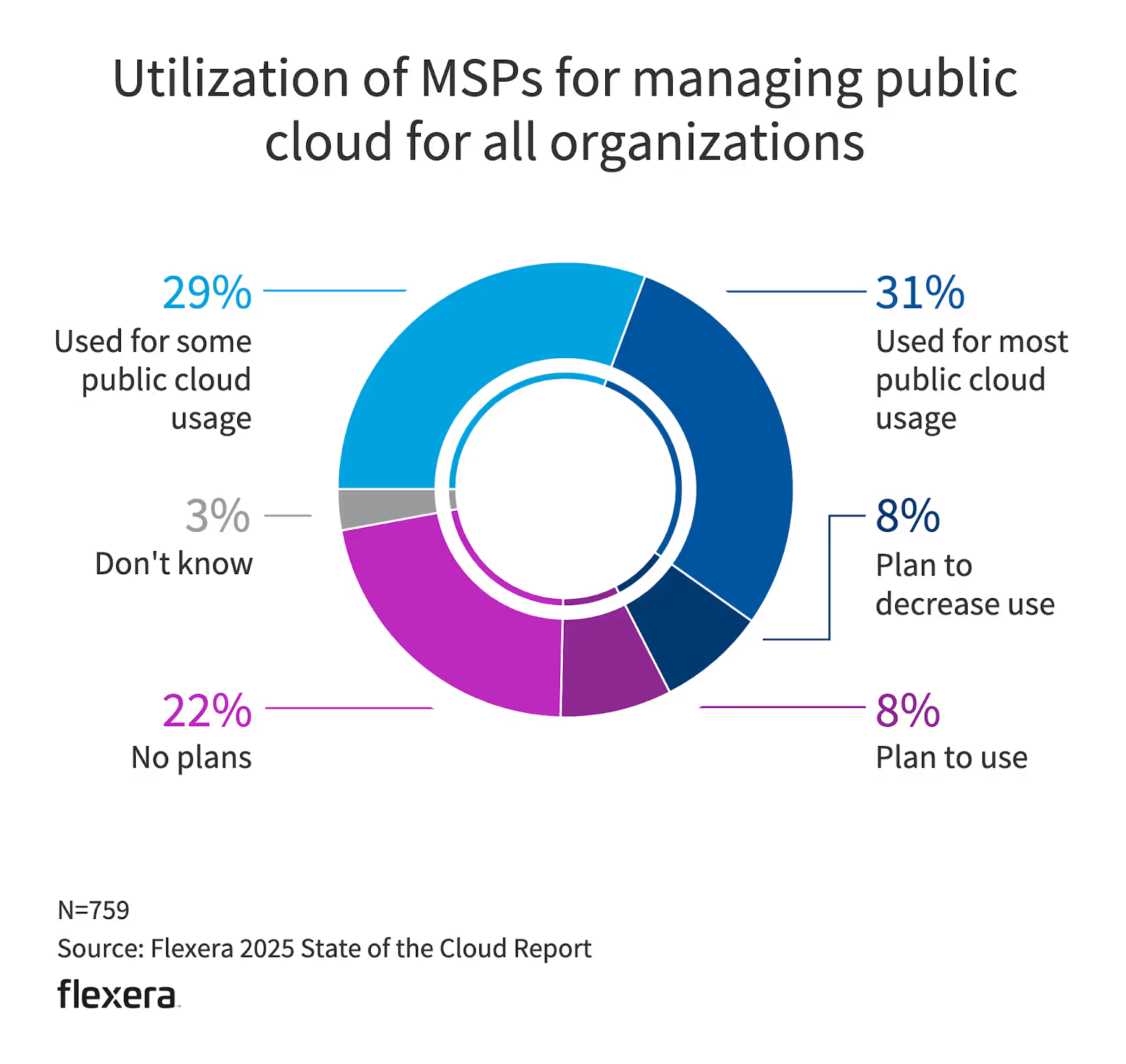
2 High outage cost
The total downtime costs for all businesses range from $2,300 to $9,000 per period minute. One cascading failure can erase weeks of growth. Consultants reduce mean time to recovery (MTTR) and enforce rollback discipline.
3 Security exposure
IBM shows an average breach cost of $4.88M in 2024, with 40% of breaches involving data spread across multiple environments. Governance-by-GitOps and IaC policy enforcement are two areas where consultants bring maturity without heavy bureaucracy.
These pains tie directly to the boardroom: burn rate, revenue interruption, and regulatory risk. Also, leaders bring in consultants when migrations require sequencing across many services or when multi‑cloud footprints grow opaque. Which is why consultants don’t live in a technical silo — they align infra outcomes with business impact.
Titles differ by focus. The quality of work should not.
| Role | Focus | Outcome |
|---|---|---|
| Cloud solutions consultant | Align solution design with business goals | Roadmap clarity and delivery sequence |
| Cloud infrastructure consultant | Compute, storage, networking, observability, cost | Reliable, right-sized infrastructure |
| Cloud computing consultant | Broad multi-cloud assessments and strategy | Vendor-neutral options and tradeoffs |
| Cloud solution consultant | Hands-on design with app teams | Faster path from design to code |
| Migration consultant | Move workloads with zero-surprise cutovers | Staged migration, limited double-billing |
Hiring an in-house senior DevOps means building institutional knowledge. You get long-term control and costs: recruitment cycles, 6–12 months to reach deep system context, and ongoing team management overhead.
An MSP (Managed Service Provider) delivers hands-off coverage. If you want someone to simply “keep the lights on,” MSPs fit. However, their incentive model is seat-based billing, not efficiency. When your cloud bill grows, so does theirs.
A cloud consultant, in contrast, is outcome-paid. They cut waste, build automations, and hand over playbooks so your engineers sustain improvements. Their value curve is front-loaded: you bring them in for the knowledge transfer and system overhaul, not perpetual lock-in.
That’s the key insight: consultants don’t compete with hires or MSPs. They accelerate decision-making at critical growth inflection points.
At Dysnix, we’ve seen these impact points up close:
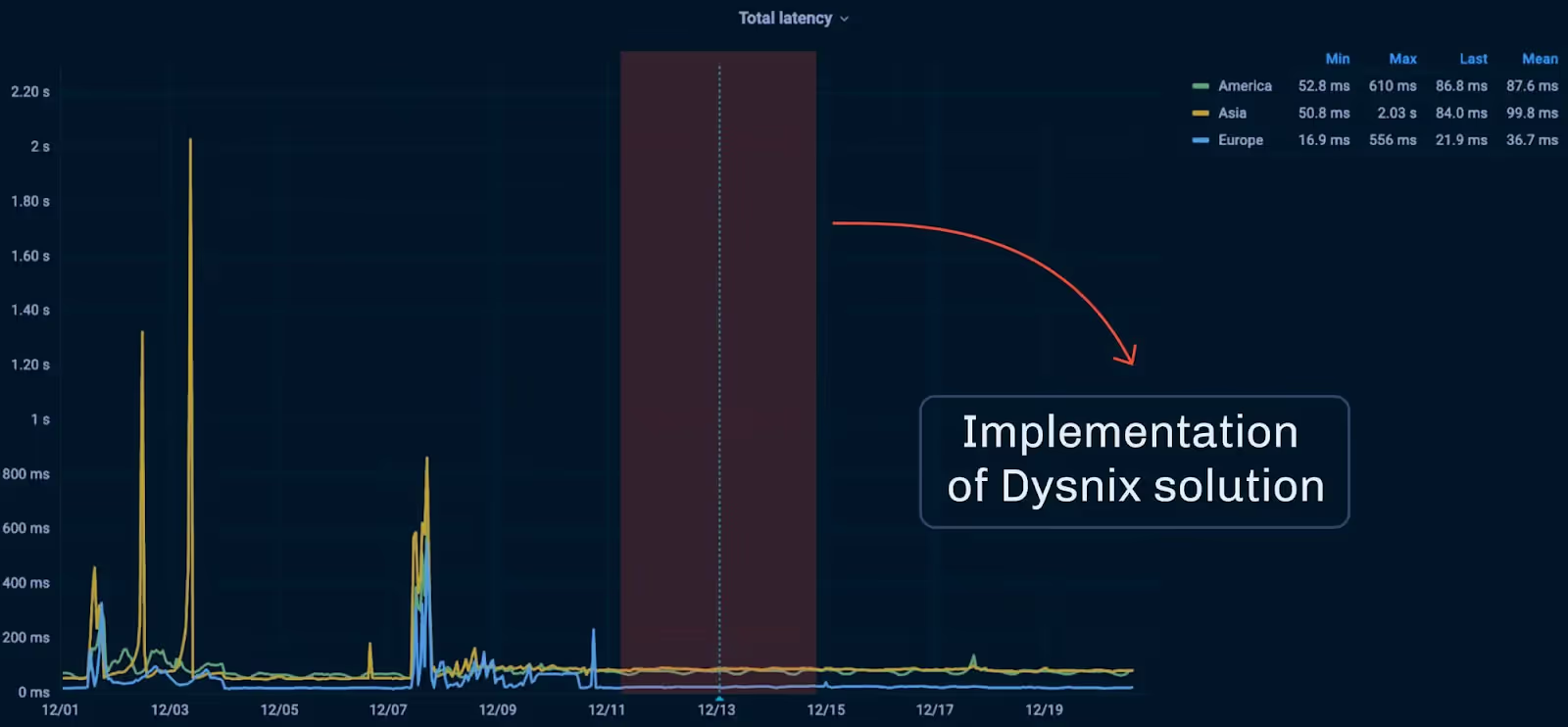

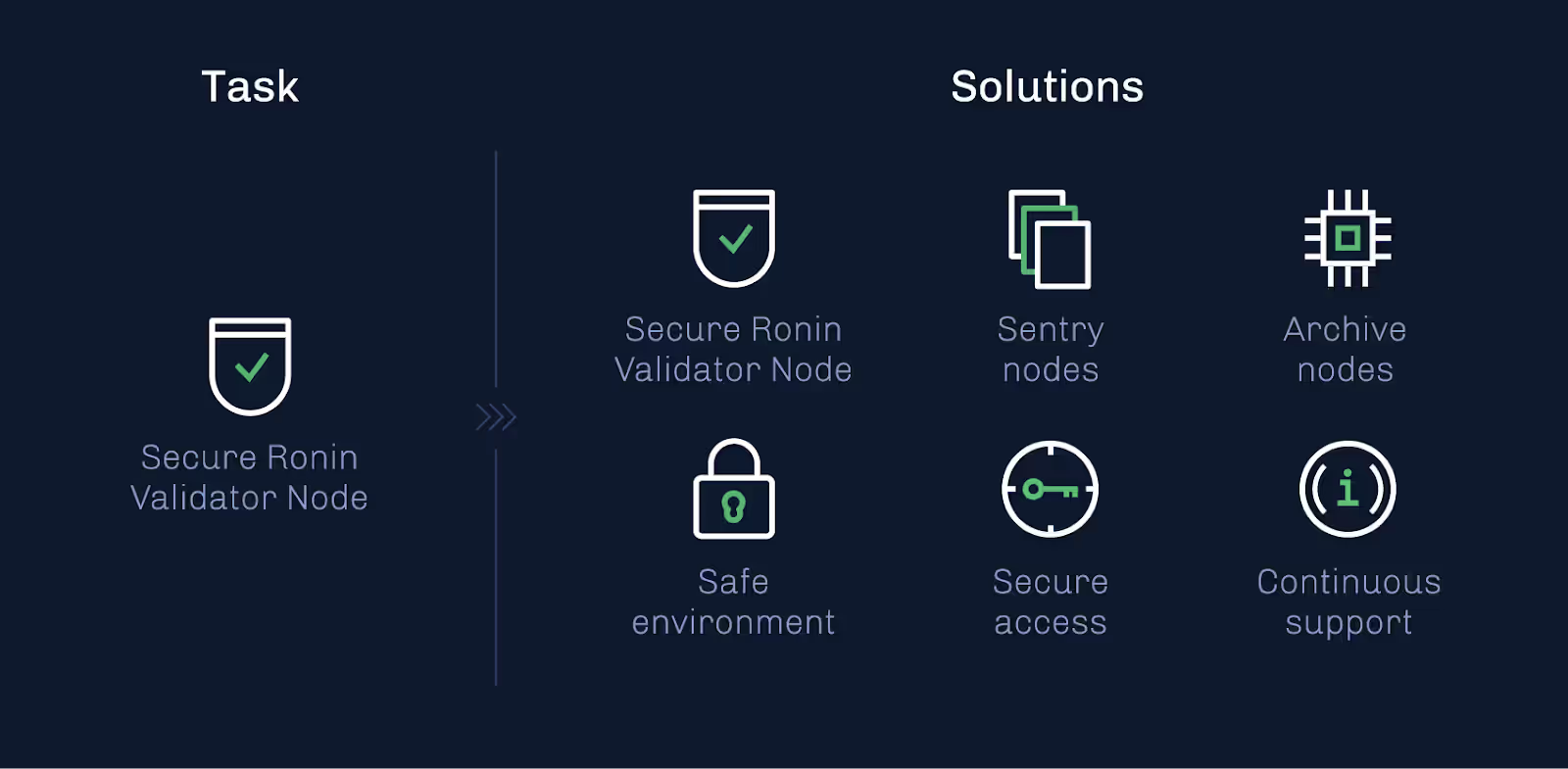
The common thread: each change is tied to revenue protection and improved customer experience.
Define business outcomes, workload candidates, sequencing, and success metrics tied to release frequency, SLOs, and spend per unit of value. A cloud solution consultant should target waste classes first: idle resources, over‑provisioned storage, poor commitment coverage, cross‑AZ egress, and zombie services. Flexera highlights the continued growth of centralized cloud teams and FinOps as standard practice.
Design replatform or refactor paths. Plan smoke tests, shadow runs, and phased cutovers to limit business impact. Google’s architecture center documents phased migration patterns across storage, databases, and services that any DevOps should know and follow.
Address IAM sprawl, enforce encryption, segment sensitive data, and monitor posture. IBM shows public cloud and multi‑environment breaches are among the most costly, raising the case for strong design controls.
Codify SLOs, alerts, runbooks, incident response, and pre‑mortems. Uptime Institute’s analysis shows many severe outages tie back to process and configuration issues, which robust ops discipline reduces.
Cloud consultants aren’t “extra hands.” They provide leverage at key inflection points: when your team is overrun with incidents, when scaling breaks autoscalers, or when your infrastructure bill threatens the runway. Here’s how the value breaks down:
| Domain / Stage | Early Stage (0–1) | Growth (1–3 years, scaling fast) | Enterprise Scale (3+ years, high-load ops) |
|---|---|---|---|
| FinTech / SaaS |
• Turnkey secure infra from day 1 • Compliance-ready K8s setup (SOC2, GDPR) • Runway protection by avoiding resource waste |
• Predictive autoscaling to handle usage spikes • Cost-ops cutting 30–50% bills in 90 days • Multi-AZ HA setups |
• Global HA across multi-cloud • Continuous spend optimization • Kernel-level tuning for DB hot spots |
| AI / ML Platforms |
• GPU/K8s baseline cluster without vendor lock-in • Model training infra sized correctly |
• Smart GPU autoscaling • Data pipelines hardened for failover • CI/CD for ML workflows |
• Multi-region MLops clusters • Data mesh infra • Run cost visibility and cross-cloud arbitration |
| Web3 / HFT / Trading |
• Latency-aware node setup under 100ms • Reliable mempool access |
• Sub-50ms block relay tuning (bloXroute/Jito) • Predictive node autoscaling during flash load |
• Priority routing infra at global scale • Vertical tuning in kernel/stack • 99.99% uptime SLAs |
| Web2 Enterprises |
• Kubernetes consolidation (sprawl control) • Early FinOps alerts |
• Prescaling for seasonal events • Cut hidden waste (20–30%) • SRE playbooks for incident response |
• Continuous cost-ops pipeline • DB and kernel-level tuning • Enterprise-wide HA runbooks |
So, depending on the stage, you’ll be able to avoid some serious pitfalls with your dedicated expert:
Optimized migrations cut double‑running costs, compress cutover windows, and de‑risk complex interdependencies. At scale, the gap between a basic lift‑and‑shift and a disciplined migrate‑and‑modernize is millions in annual run‑rate and months of delivery time.
The bar is higher because GenAI and data‑heavy services amplify workload growth and cost volatility. Leaders need migrations that produce measurable gains in latency, resiliency, and unit economics in the first 90 days, not in a future refactor cycle.
As security debt has become the hidden tax on cloud projects, every migration and modernization must include threat modeling, identity hardening for humans and non‑human identities, data security posture management across clouds, and continuous detection tuned for your stack. This reduces the incident blast radius and keeps audit risk in bounds while you scale.
 |
3M migrated 2,200 apps to AWS in 24 months with minimal downtime, cut resource deployment from weeks to minutes, and saved millions through rightsizing and scheduling. |
 |
Pipedrive’s AWS MAP migration delivered a 25 percent response time decrease and up to 20 percent lower hosting cost per customer across 500+ microservices. |
 |
Capital One’s full exit from data centers improved DR test times by 70 percent and cut critical incident resolution time and transaction errors by 50 percent. |
 |
IBM reports that AI oversight gaps are widespread, with shadow AI increasing breach costs by $670,000 in 2025. Meanwhile, extensive security AI results in $1.9 million in savings. |
Cloud consultants support almost every industry, but adoption is strongest in financial services (BFSI), which made up over 24% of global cloud revenue in 2024 due to compliance and security needs, and fast manufacturing growth with cloud-enabled 3D printing and digital twins.
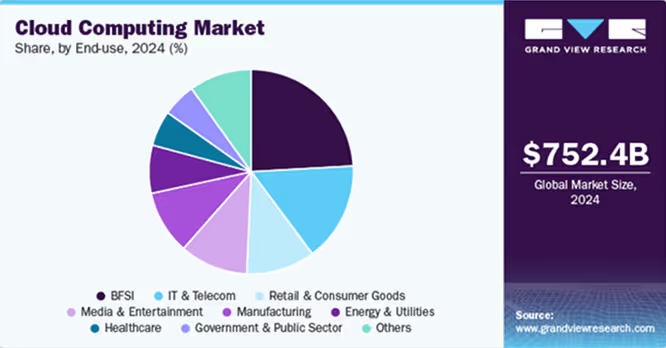
Sectors like technology, media, telecom, healthcare, life sciences, and government also heavily invest in cloud to drive modernization and AI adoption.
Infrastructure complexity doesn’t go away with scale. It compounds. The right consultant won’t fix everything for you. They’ll show which levers protect your revenue and which risks are acceptable to leave for later.
For CTOs, the choice is not “do we need one?” but “when does the timing maximize value?” Wait too long, and cost bleed erases optionality. Act early, and you compound efficiency into runway.
So let’s take a look at tips and tricks that will help you find your perfect infrastructure assistant.
Not all consultants are equal. The differentiator is verifiable outcomes. Questions worth asking:
The answer set separates resume-padding “advisors” from engineers who take pager duty accountability.
At Dysnix, we believe consulting only creates value if it transfers expertise back into your team. That’s why engagements ship with:
No lock-in, no black box. Only outcomes.




